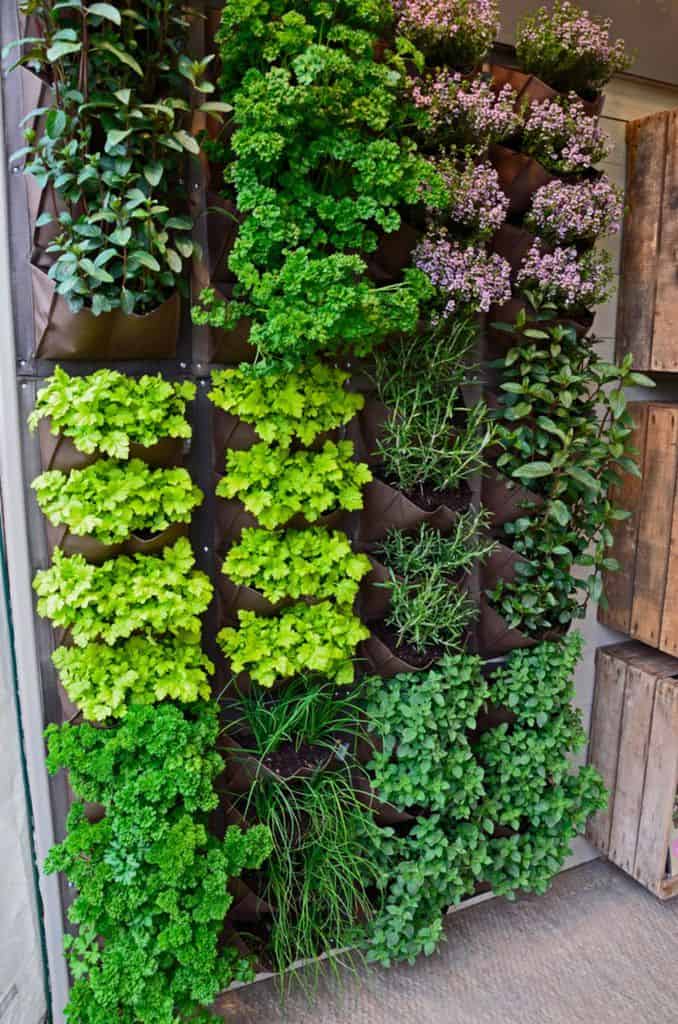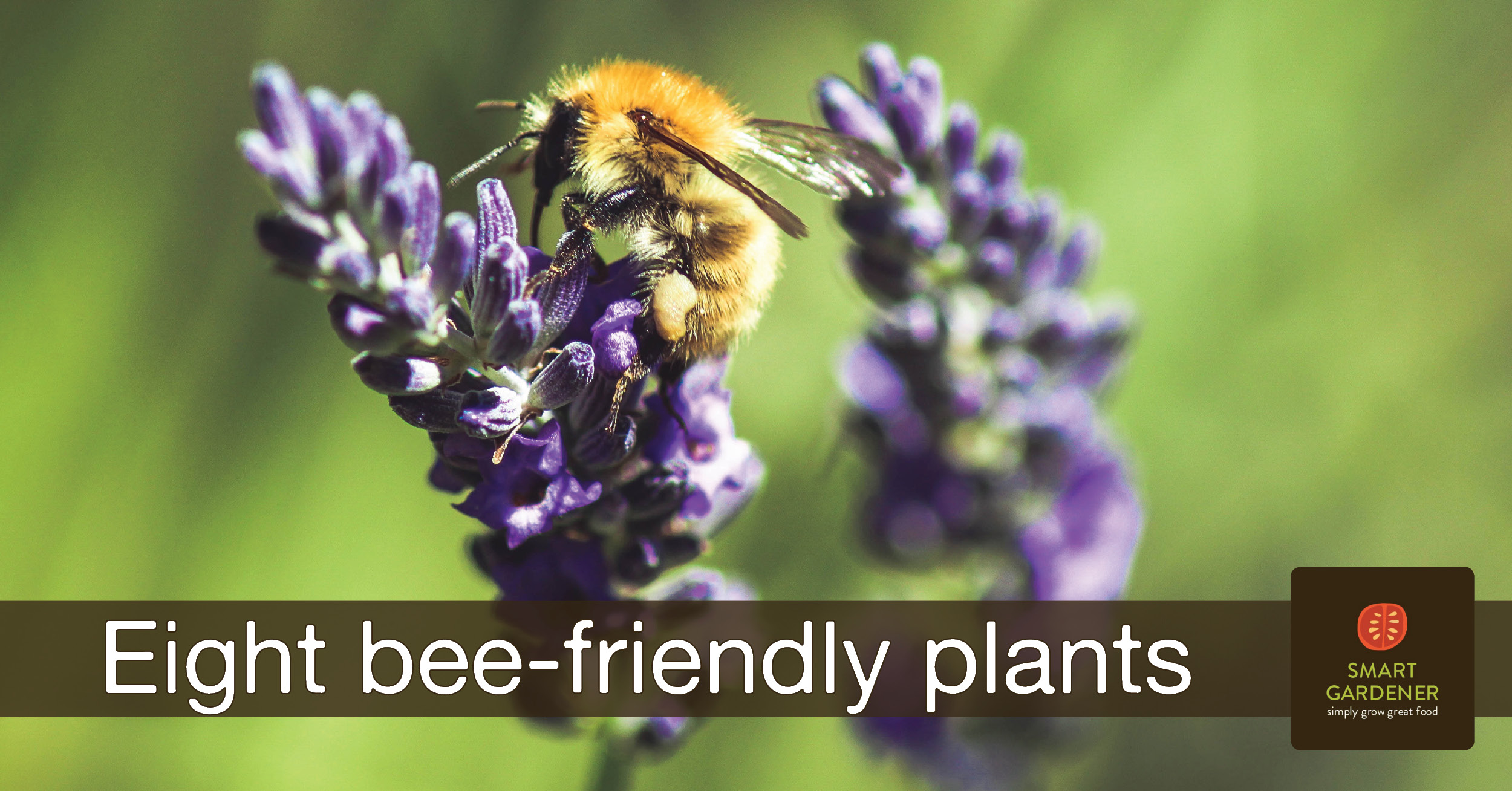The Joy of Home Gardening: An Introduction
Home gardening is an incredibly rewarding and creative endeavor that allows individuals to connect with nature, grow their own plants, and express their personal style. By cultivating a home garden, one can enjoy the numerous benefits of home gardening ideas, including the satisfaction of nurturing living things, the opportunity to save money on produce, and the ability to enhance the aesthetic appeal of outdoor spaces. This article will explore various home gardening ideas, from space-saving vertical gardens to fragrant plant selections, edible landscapes, and low-maintenance options, ultimately guiding you in transforming your outdoor area into a captivating and eco-friendly retreat.
Space-Saving Vertical Gardening Ideas
Vertical gardening is an excellent home gardening idea for those with limited space or urban environments. This innovative approach allows you to maximize your growing potential while adding visual interest to your outdoor area. Ideal plants for vertical gardens include ivy, ferns, and strawberries, which can thrive in a variety of materials, such as wall-mounted planters, hanging baskets, or trellises. To create a successful vertical garden, consider factors like sunlight exposure, watering needs, and the structural integrity of your chosen vertical surface. By carefully selecting plants and materials, you can cultivate a stunning and functional vertical garden that enhances your home’s curb appeal and provides a sense of connection with nature.
Container Gardening: Think Beyond the Flower Pot
Container gardening is a versatile and accessible home gardening idea, offering the freedom to cultivate plants in various unique and creative containers. When selecting containers for your plants, consider factors such as size, material, and drainage. Opt for unconventional containers like vintage watering cans, wheelbarrows, or repurposed wooden pallets to add character and visual appeal to your garden. For soil, choose a high-quality potting mix that provides adequate drainage and nutrients for your plants. When choosing plants for container gardening, consider their size, growth habits, and sunlight requirements. By carefully selecting containers, soil, and plants, you can create a stunning and thriving container garden that complements your outdoor space.
Creating a Sensory Experience: Incorporating Fragrant Plants
Fragrant plants are an essential element in home gardening ideas, as they contribute to a soothing and engaging atmosphere by stimulating the sense of smell. Popular fragrant plants include lavender, jasmine, and gardenias, which release delightful scents that can evoke a sense of calm and relaxation. When incorporating fragrant plants into your garden design, consider planting them near seating areas, walkways, or entrances to maximize their impact. Additionally, pairing fragrant plants with other sensory elements, such as colorful flowers or soothing sounds, can create a truly immersive and enjoyable outdoor experience.
Edible Landscapes: Growing Your Own Fruits and Vegetables
Edible landscapes are a rewarding and cost-effective home gardening idea, allowing you to grow your own fruits and vegetables while enhancing the aesthetic appeal of your outdoor space. Easy-to-grow edible plants include tomatoes, peppers, lettuce, strawberries, and herbs like basil and mint. To maintain the health of your edible plants, ensure they receive adequate sunlight, water, and nutrients. Regularly monitor your plants for pests and diseases, and practice organic gardening methods when possible. By incorporating edible plants into your landscape design, you can enjoy fresh, homegrown produce and create a visually engaging and functional outdoor area.
Attracting Pollinators: A Guide to Planting a Bee-Friendly Garden
Pollinators, such as bees, play a crucial role in our ecosystem by facilitating the reproduction of plants. To support these essential creatures and promote biodiversity in your garden, consider planting a bee-friendly landscape. Native plants, wildflowers, and flowering herbs are excellent choices for attracting pollinators. Some bee-friendly plants include echinacea, black-eyed Susans, bee balm, and oregano. When designing your bee-friendly garden, aim to provide a continuous supply of nectar and pollen by planting a variety of blooms that flower at different times throughout the growing season. Additionally, avoid using pesticides and provide a water source, such as a birdbath or shallow dish, for pollinators to drink from.
Low-Maintenance Gardening: Succulents and Drought-Tolerant Plants
For gardeners with limited time or water resources, low-maintenance gardening options, such as succulents and drought-tolerant plants, offer a practical and visually appealing solution. Succulents, known for their water-storing abilities, are perfect for sunny locations and require minimal care. Popular succulent varieties include aloe, echeveria, and sedum. Drought-tolerant plants, on the other hand, have adapted to survive in arid conditions and require little water once established. Some drought-tolerant plants to consider include yucca, agave, and ornamental grasses. When arranging these plants in your garden, group them according to their water and sunlight needs to create a cohesive and low-maintenance landscape.
Designing a Serene Retreat: Incorporating Water Features and Seating Areas
Creating a calming and relaxing environment in your garden is essential for enjoying your outdoor space. Incorporating water features and seating areas into your garden design can significantly enhance its tranquility and aesthetic appeal. When selecting a water feature, consider factors such as size, style, and maintenance requirements. Options range from small fountains and bubbling rocks to elaborate ponds and waterfalls. For seating areas, opt for comfortable and durable materials like teak, cedar, or all-weather wicker. Arrange seating in a way that encourages conversation and relaxation, and consider incorporating elements like fire pits or outdoor heaters for year-round enjoyment.








